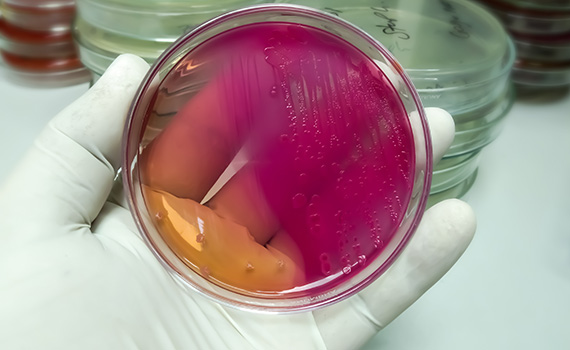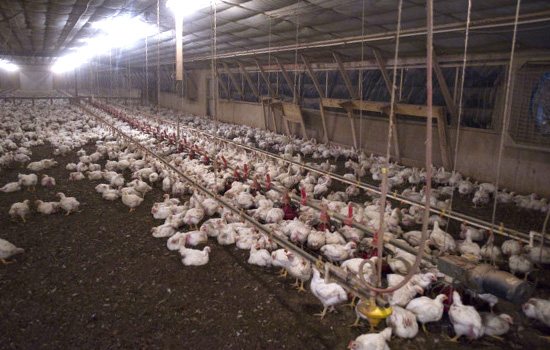Focal duodenal necrosis in table-egg layers easily overlooked
Focal duodenal necrosis (FDN) in table-egg layers can be an easily overlooked cause of drops in egg production and egg-case weight loss, Monique França, DVM, PhD, University of Georgia, told Poultry Health Today.
“Not many people know how to find the lesions. That’s the problem. Not many people know about this disease,” she said.
FDN is typically subclinical and occurs in layers older than 23 weeks of age. “You don’t see birds with diarrhea. You don’t see birds with enteritis. So, you need to post birds. Go to the farm, look for birds that might have weight loss,” then look for lesions, França said.
Necropsy, which should be performed by a veterinarian, is the only way to detect the disease and needs to be done soon after birds are euthanized. In birds that have been dead for many hours, the lesions typical of FDN won’t be found because they autolyze quickly, she said.
‘Cigarette burn’ lesions
França advised monthly monitoring by necropsy when FDN is a problem. “Pay close attention to the intestines, to the duodenum…” she said. FDN lesions are greyish in color and look like cigarette burns on the mucosa. Sometimes the lesions are coated with a yellowish pseudomembrane. Sometimes there’s a rotten-egg odor if the birds have been dead a while.
Although FDN lesions have some similarities to those seen with subclinical necrotic enteritis (NE), birds with NE have a lot more necrosis and die quickly. Mortality is not an issue with FDN, although it might be if other pathogens are involved, she said.
França noted that lesions similar to FDN lesions have been observed in broilers and turkeys, but the samples sent to her lab are microscopically different. She later reported to Poultry Health Today that she diagnosed a case of FDN in a broiler-breeder flock.
C. perfringens and ‘something else’
Clostridium perfringens has been found in FDN lesions but it’s not the only cause of FDN. “We feel that Clostridium perfringens is important. It’s part of the pathogenesis of this disease, but you need something else. You need another condition…or perhaps another pathogen…” before FDN develops, she said.
França and colleagues suspect they know what the additional culprit is, but additional studies are needed for confirmation. “We’re working with it right now. We’re excited.”
The veterinarian has said the only effective preventive or treatment for FDN is an antibiotic and is aware of an organic farm with FDN that experienced a considerable drop in production that never bounced back until birds were treated.
FDN survey
França and colleagues also conducted a survey of layer farms with FDN and found management factors that may be involved. Most cases were reported between 30 to 39 weeks of age. Affected birds were housed in traditional cages.
Pests such as flies and rodents were reported as problems, and most affected farms never washed feeders, cages and houses before disinfection, “which may not be sufficient to prevent the persistency and transmission of the causative agent of FDN,” França and colleagues wrote in the June 2018 issue of Avian Diseases.1
The authors point out in their article that FDN is among the top-five disease concerns in the egg-layer industry.
1. Villegas AM, et al. Profiling of Egg Layer Flocks Affected with Focal Duodenal Necrosis Based on a Questionnaire Survey. Avian Dis. 2018 Jun;62(2):241-246.
Posted on July 15, 2019
 We’re glad you’re enjoying
We’re glad you’re enjoying









